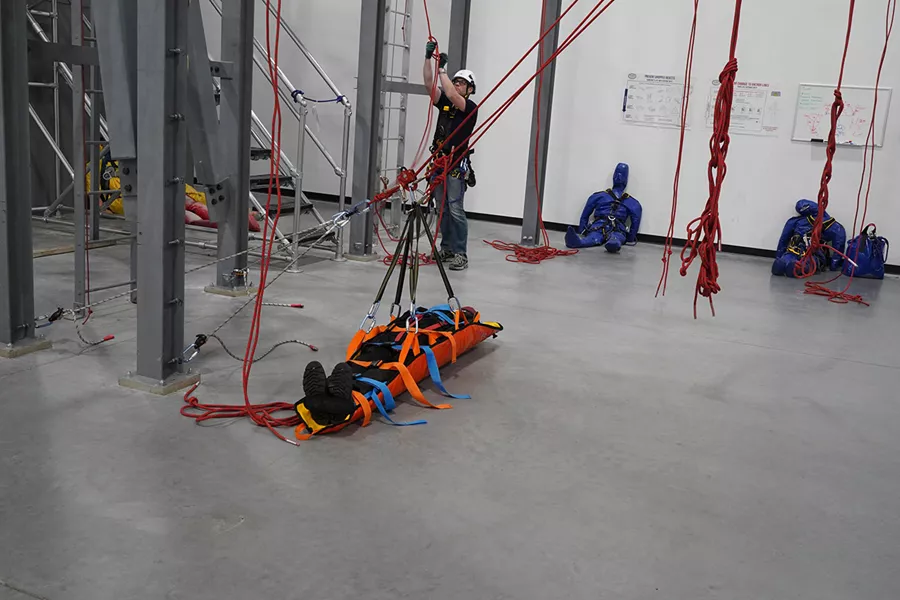Training methods for industries requiring specialist access skills have advanced rapidly in recent years. In fact, IRATA certification and similar qualifications increasingly rely on digital tools to make the learning process more effective and safer. Traditional classroom learning and practical sessions remain vital, but they are now supported by innovations that allow candidates to prepare better, practise more safely, and achieve higher levels of competence before working in demanding environments.
Enhancing Safety Through Simulation
High-access work often involves risk, whether through height, confined spaces, or hazardous settings. Training centres now use simulation-based technology to replicate these conditions in controlled environments. Virtual reality headsets, digital scaffolding simulations, and computer-generated models allow trainees to practise responses to emergencies without danger. This approach improves confidence and sharpens decision-making skills, ensuring that learners are better equipped when they face real-life scenarios.
Digital Learning Platforms Supporting Flexibility
Modern certification programs are no longer restricted to face-to-face training alone. Online platforms give candidates access to learning modules, visual guides, and interactive resources before they even step into practical sessions. This flexible system allows learners to study theory at their own pace and focus classroom time on hands-on skills. For employers, it means reduced downtime for staff and a quicker turnaround in developing a qualified workforce.
Data-Driven Performance Tracking
Technology has also introduced new ways to measure progress during training. Wearable sensors and digital monitoring systems track body movements, grip strength, and posture during simulated exercises. These insights provide trainers with real-time feedback, helping to identify errors or unsafe habits early on. Such data-driven evaluation ensures that every participant achieves the required safety and performance standards before certification.
Preparing for Complex Work Environments
High-access roles often demand adaptability in unpredictable environments. Modern technology makes it possible to introduce multiple variables into training sessions, such as sudden weather changes or equipment malfunctions. By preparing candidates for these challenges in a safe setting, the training ensures they can remain calm and efficient under pressure. This level of preparation is essential for anyone aiming to succeed in advanced certification programs.
Supporting Continuous Professional Development
Earning certification is only the beginning of a worker’s journey. Technology allows for ongoing skill development through refresher modules, virtual workshops, and online knowledge-sharing platforms. Workers can revisit training scenarios digitally, keeping their expertise current and aligned with the latest safety regulations. This continuous learning approach strengthens both individual capability and overall industry standards.
Bridging the Gap Between Theory and Practice
One of the strongest advantages of using technology in training is how it connects theoretical knowledge with real-world practice. Candidates who learn about safety principles online can then immediately apply those lessons in simulations. This layered approach reinforces memory, builds confidence, and ensures that practical sessions are more meaningful and effective.
The Future of High-Access Training
As industries evolve, so too must training systems. High-access certification programs are expected to integrate even more advanced tools in the coming years. Artificial intelligence, augmented reality, and enhanced digital platforms will further personalise learning experiences and refine skill assessments. The aim will always remain the same: to produce highly competent professionals who can work safely and effectively in some of the most challenging environments.
Conclusion
Modern training technology has transformed the way high-access certification programs are delivered. By combining simulations, digital platforms, and data-driven assessment, trainees gain the skills and confidence needed to perform safely and efficiently. With irata certification and other advanced qualifications becoming increasingly reliant on these tools, the future of training looks set to be more interactive, flexible, and effective than ever before.





